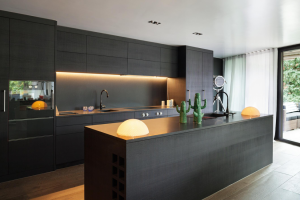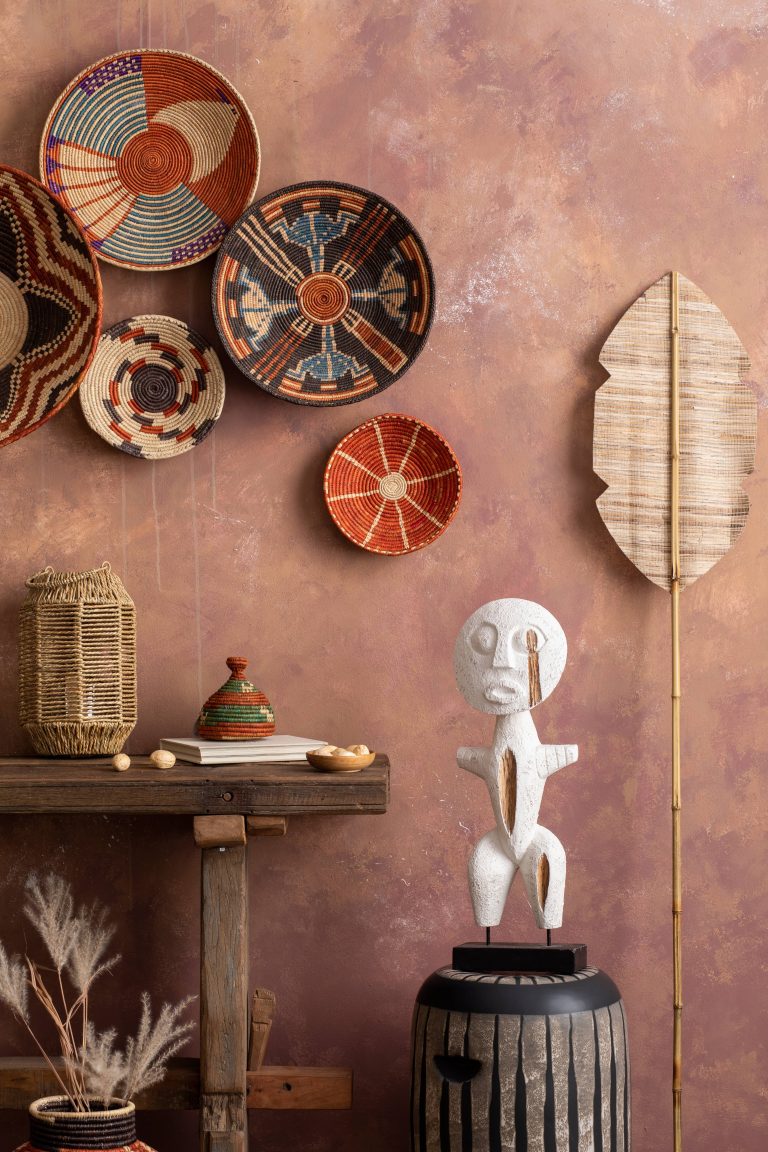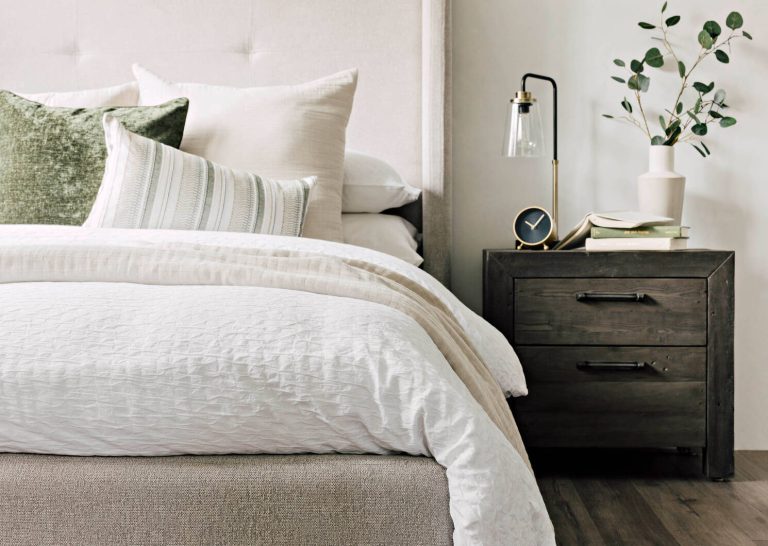
When it comes to home improvement projects, one of the most rewarding and impactful transformations can be seen in window treatments. Whether you are moving into a new home, renovating your current space, or simply looking to refresh the look of a room, creating your own window treatments can add a personalized touch to your space while also being budget-friendly. Plus, it’s an excellent way to express your creativity and style. In this blog post, I’ll guide you through various DIY window treatment ideas suitable for every room in your home.
Why Choose DIY Window Treatments?
Before diving into the projects, let’s explore why you should consider DIY window treatments.
1. Customization: You can choose the exact fabric, color, and style that complements your decor, ensuring a harmonious look.
2. Cost-Effectiveness: Custom window treatments from professional designers can be expensive. DIY projects save you money.
3. Skill-Building: Crafting your own window treatments helps you develop skills that you can apply to future DIY projects.
4. Satisfaction: There’s a unique joy and pride in knowing you’ve crafted something both beautiful and functional for your home.
Getting Started
Before you start any project, gather these basic tools and materials:
– Measuring tape
– Scissors
– Sewing machine (optional but recommended for certain projects)
– Fabric glue
– Iron
– Curtain rods or hardware
Now, let’s explore some project ideas.
1. No-Sew Curtains
Perfect for: Living Room or Bedroom
No-sew curtains are an ideal project for beginners or those without a sewing machine. Start with fabric of your choice—cotton or linen blends are easy to work with. Measure your windows to determine the required fabric length.
Instructions:
1. Cut the fabric according to your measurements.
2. Use iron-on hem tape to finish the edges of the fabric. Simply fold the edges in by an inch, place the tape between the layers, and press with an iron.
3. Attach clip rings to the top edge of the fabric and hang the curtains on the rod.
These easy-to-make curtains can beautifully filter light into your living areas while providing privacy.
2. Roman Shades
Perfect for: Kitchen or Bathroom
Roman shades add a clean, streamlined look to your window spaces. They require more work than no-sew curtains, but they’re very rewarding.
Instructions:
1. Measure your window and cut your fabric accordingly.
2. Sew plastic rings at intervals (approx. 10 inches apart) along the back of the fabric, creating rows with about 5-inch spacing between them vertically.
3. Attach dowels or slats horizontally at each ring level.
4. Run twine through each column of rings, securing them to a bottom baton and routing it upwards to allow the shade to draw up when pulled.
These are great for controlling light in kitchens or bathrooms, and the fabric choice can range from playful prints to sophisticated solids.
3. Café Curtains
Perfect for: Breakfast Nook or Kitchen
Café curtains cover only the bottom half of a window, providing privacy while still letting in sunlight. They work particularly well in casual, cottage, or country-style settings.
Instructions:
1. Select a light and airy fabric, something that matches your kitchen’s color scheme.
2. Measure and cut the fabric to cover the desired portion of your window.
3. Sew or use no-sew adhesive to hem all sides of your curtain panels.
4. Install a tension rod halfway up the window and hang your curtain panels with rings or drapery clips.
4. Valances
Perfect for: Any Room
Valances are a classic way to add flair to any window. They cover only the top portion, offering an elegant finish without blocking natural light.
Instructions:
1. Choose a fabric that complements your room’s decor.
2. Cut the fabric to the desired width and length, allowing extra for hemming.
3. Hem the fabric edges using a sewing machine or adhesive.
4. Attach with a curtain rod or staple to a wooden board that can be mounted above the window.
5. Stenciled Roller Shades
Perfect for: Home Office or Bedroom
Custom stenciled roller shades can add a unique artistic touch to your windows.
Instructions:
1. Purchase plain roller shades from a home goods store.
2. Select a stencil pattern and acrylic paint that suits your room.
3. Lay the shade flat and tape the stencil securely.
4. Paint over the stencil using a foam roller or brush.
5. Allow paint to dry completely before reinstalling the shade.
Tips for Selecting Fabrics
– Weight: Lighter fabrics for airy spaces and heavier fabrics for more privacy.
– Color: Softer colors for a calming effect, vibrant tones to make a statement.
– Pattern: Consider room decor – solid prints complement patterned furniture, and vice versa.
Final Thoughts
Creating your own window treatments not only enhances the aesthetics of your home but also empowers you to initiate creative projects that reflect your personal style. These DIY ideas are just a starting point, encouraging you to experiment with different materials, textures, and designs. Remember, there’s no right or wrong way to craft window dressings—only what feels right for your home. Happy crafting, and may your windows shine with style and personality!













